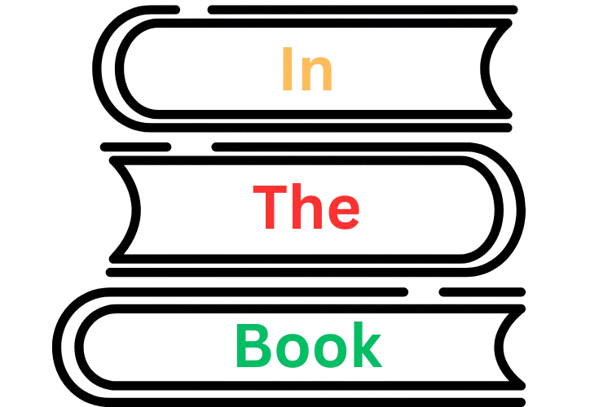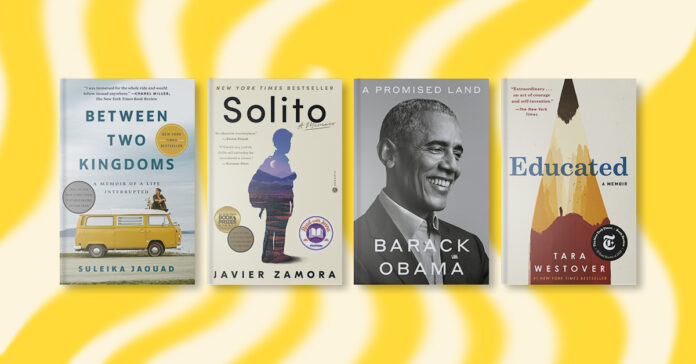As we see the literature, it’s easy to get lost in the sea of modern bestsellers and forget about the timeless classics that have shaped the world of writing. In this blog post, we’ll take you on a journey through 15 classic books that everyone should read, exploring their themes, characters, and lasting impact on literature.
Contents
- 15 classic books to read
- 1984 by George Orwell
- The Great Gatsby by F. Scott Fitzgerald
- To Kill a Mockingbird by Harper Lee
- The Catcher in the Rye by J.D. Salinger
- Pride and Prejudice by Jane Austen
- The Picture of Dorian Gray by Oscar Wilde
- The Adventures of Huckleberry Finn by Mark Twain
- Jane Eyre by Charlotte Bronte
- Wuthering Heights by Emily Bronte
- The Scarlet Letter by Nathaniel Hawthorne
- The Grapes of Wrath by John Steinbeck
- The Sound and the Fury by William Faulkner
- The Bell Jar by Sylvia Plath
- The Stranger” by Albert Camus
- Giovanni’s Room by James Baldwin
- Conclusion
- FAQs
- Why are these books considered classics?
- Are these books difficult to read?
- Can I read these books in any order?
- Are these books only for literature enthusiasts?
15 classic books to read
Here is the list of 15 classic books to read; check out now:
1984 by George Orwell
Published in 1949, “1984” is a dystopian novel that depicts a totalitarian future where the government exercises total control over its citizens. The story follows Winston Smith, a low-ranking member of the ruling Party, as he begins to question the official ideology and rebels against the oppressive regime.
This classic novel is a warning about the dangers of government surveillance and the erosion of individual freedom.
The Great Gatsby by F. Scott Fitzgerald
Set in the roaring twenties, “The Great Gatsby” is a novel about the American Dream and its illusions. The story revolves around Jay Gatsby, a mysterious millionaire who tries to win back his lost love, Daisy Buchanan.
Through Gatsby’s tragic tale, Fitzgerald explores themes of class, love, and the corrupting influence of wealth.
To Kill a Mockingbird by Harper Lee
Published in 1960, “To Kill a Mockingbird” is a Pulitzer Prize-winning novel that tackles issues of racial injustice and small-town prejudice. The story is told through the eyes of Scout Finch, a young girl who witnesses her father, Atticus, defend a black man accused of raping a white woman.
This classic novel is a powerful exploration of empathy, compassion, and the importance of standing up for what is right.
The Catcher in the Rye by J.D. Salinger
Published in 1951, “The Catcher in the Rye” is a coming-of-age novel that follows Holden Caulfield, a disillusioned teenager struggling to find his place in the world. The story is a relatable exploration of teenage angst, rebellion, and the challenges of growing up.
Pride and Prejudice by Jane Austen
Published in 1813, “Pride and Prejudice” is a timeless romance novel that follows Elizabeth Bennet and Mr. Darcy as they navigate the complexities of love, class, and societal expectations. This classic novel is a masterclass in character development, wit, and the power of love to overcome adversity.
The Picture of Dorian Gray by Oscar Wilde
Published in 1890, “The Picture of Dorian Gray” is a Gothic horror novel that explores the themes of beauty, morality, and the corrupting influence of desire.
The story follows Dorian Gray, a young man who sells his soul to keep his youth and beauty, while his portrait ages and reflects the true state of his soul.
The Adventures of Huckleberry Finn by Mark Twain
Published in 1885, “The Adventures of Huckleberry Finn” is a classic American novel that follows Huck Finn and Jim, a runaway slave, as they travel down the Mississippi River. The story is a powerful exploration of racism, morality, and the complexities of human relationships.
Jane Eyre by Charlotte Bronte
Published in 1847, “Jane Eyre” is a gothic romance novel that follows the story of Jane Eyre, a young woman who falls in love with the brooding and mysterious Mr. Rochester. The novel is a classic tale of love, class, and the struggle for independence.
Wuthering Heights by Emily Bronte
Published in 1847, “Wuthering Heights” is a classic romance novel that explores the tumultuous relationship between Catherine and Heathcliff, two individuals from different social classes. The novel is a powerful exploration of love, revenge, and the destructive power of unchecked emotions.
The Scarlet Letter by Nathaniel Hawthorne
Published in 1850, “The Scarlet Letter” is a classic novel that explores the themes of sin, guilt, and redemption in a Puritan community.
The story follows Hester Prynne, a woman who is ostracized for her adultery, and her daughter Pearl, who is the product of her sin.
The Grapes of Wrath by John Steinbeck
Published in 1939, “The Grapes of Wrath” is a classic novel that explores the Great Depression and the Dust Bowl through the story of the Joad family, who are forced to leave their Oklahoma farm and migrate to California in search of work.
The Sound and the Fury by William Faulkner
Published in 1929, “The Sound and the Fury” is a classic novel that explores the decline of a Southern aristocratic family through the eyes of four different narrators. The novel is a complex exploration of time, memory, and the fragility of human relationships.
The Bell Jar by Sylvia Plath
Published in 1963, “The Bell Jar” is a semi-autobiographical novel that explores the struggles of mental illness, identity, and the constraints of societal expectations. The story follows Esther Greenwood, a young woman who is struggling to find her place in the world.
The Stranger” by Albert Camus
Published in 1942, “The Stranger” is a classic novel that explores the themes of alienation, morality, and the absurdity of human existence. The story follows Meursault, a young man who commits a senseless murder and grapples with the consequences of his actions.
Giovanni’s Room by James Baldwin
Published in 1956, “Giovanni’s Room” is a classic novel that explores the themes of identity, sexuality, and the complexities of human relationships. The story follows David, a young man who is struggling to come to terms with his sexuality and his place in the world.
Conclusion
These 15 classic books are just a few examples of the many timeless works of literature that have shaped the world of writing. Each of these novels offers a unique perspective on the human experience, exploring themes of love, morality, and the complexities of human relationships. Whether you’re a literature enthusiast or just looking to expand your reading horizons, these classic books are a must-read for anyone interested in exploring the world of literature.
FAQs
Why are these books considered classics?
These books have stood the test of time and continue to be widely read and studied today. They have been recognized for their literary merit, themes, and impact on the world of literature.
Are these books difficult to read?
While some of these books may be considered challenging due to their complex themes and language, they are still accessible to readers of all levels.
Can I read these books in any order?
While it’s possible to read these books in any order, it’s recommended to read them in the order they were published to appreciate the historical context and literary evolution.
Are these books only for literature enthusiasts?
No, these books are for anyone interested in exploring the world of literature and gaining a deeper understanding of the human experience.
Read More:
- The Real Reason Invoices Go Unpaid — And How Collection Automation Can Fix It
- Best Places to Buy Diamonds and Engagement Rings Online
- Building Focus and Strategy Through Interactive Digital Experiences
- How Students’ Reading Interests Influence Their Motivation and Performance in Writing Assignments
- The Damages Resulting from the Use of Suboxone

Chandler is an avid automobile enthusiast who is passionate about all things on wheels. From the latest car models to classic vintage rides, I love exploring the automotive world’s intricate details and engineering marvels. With years of experience in test-driving, reviewing, and analyzing cars, I provide readers with comprehensive insights and honest opinions.



























